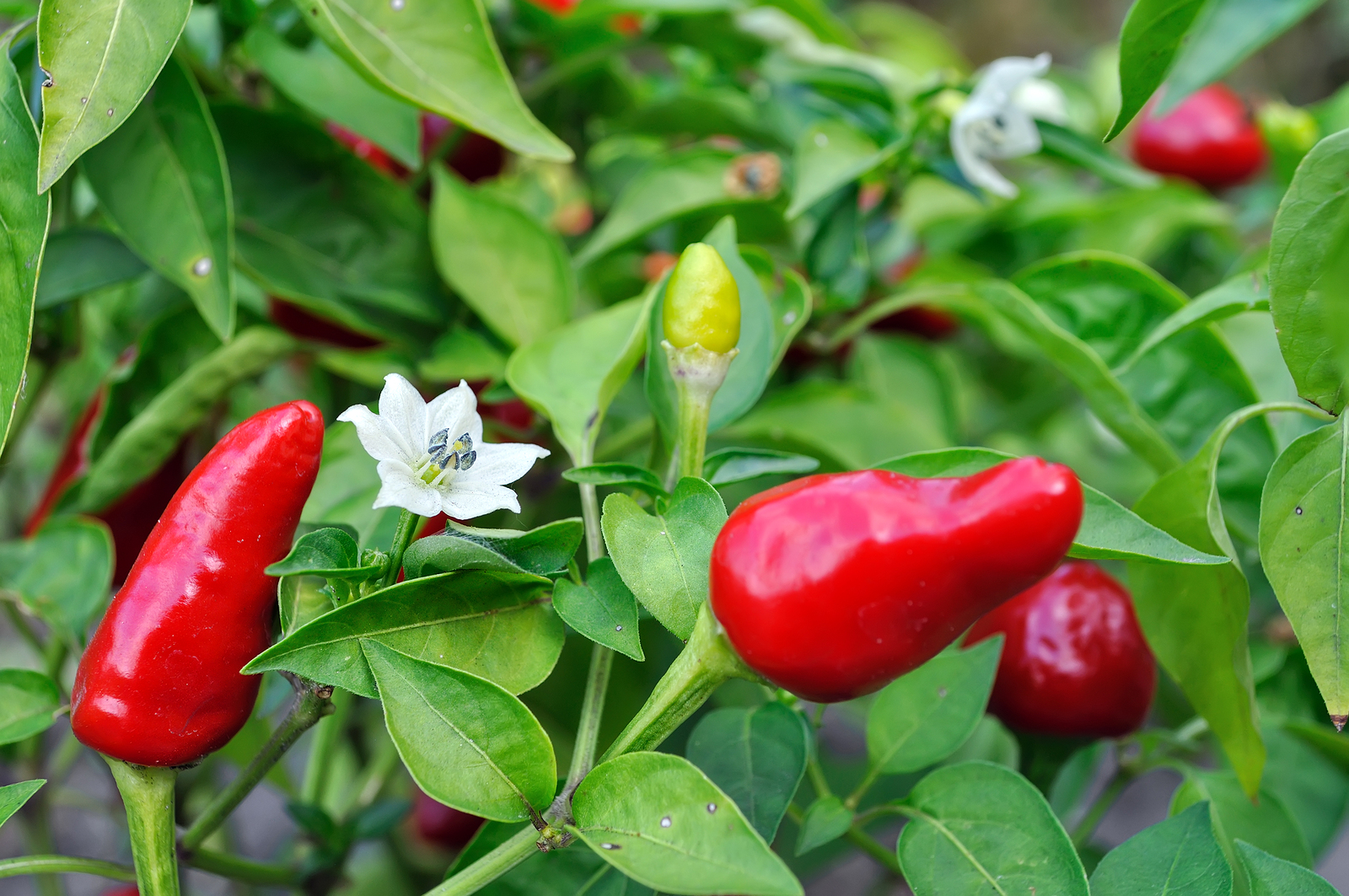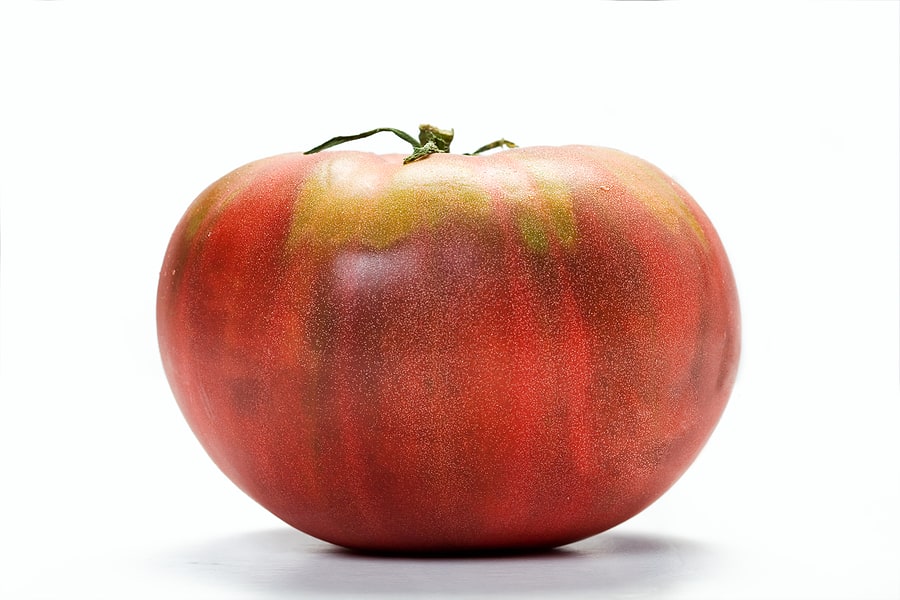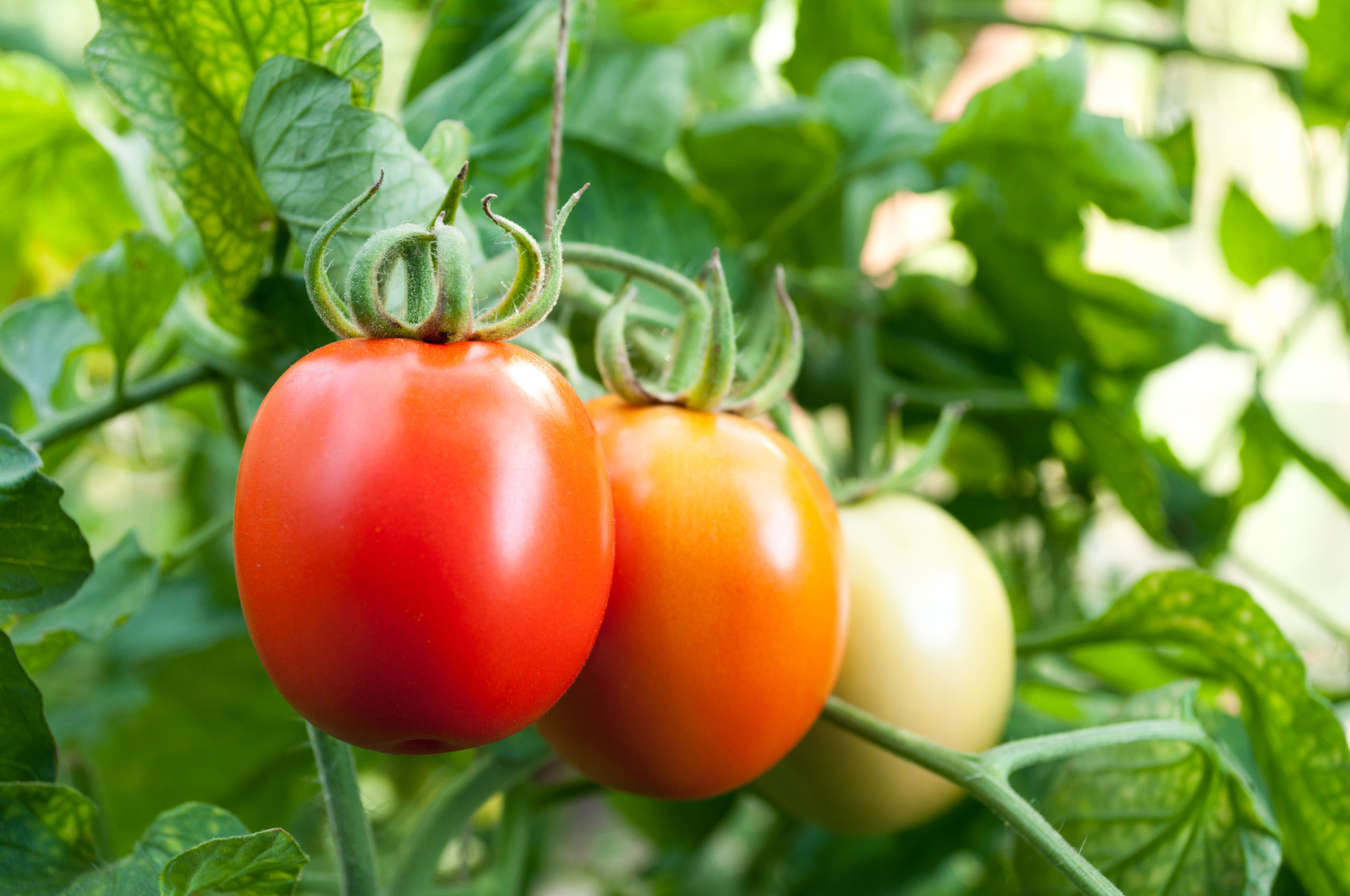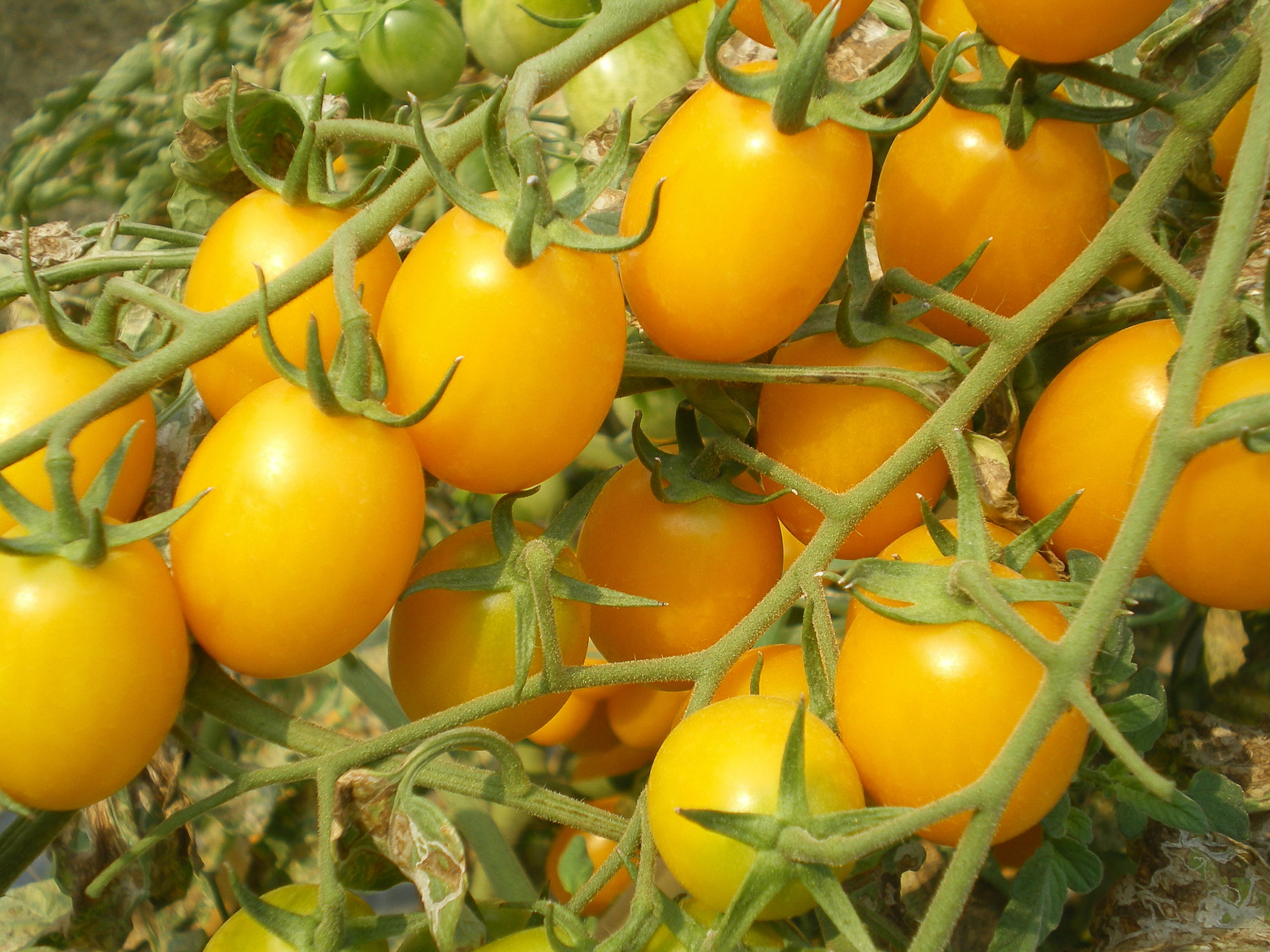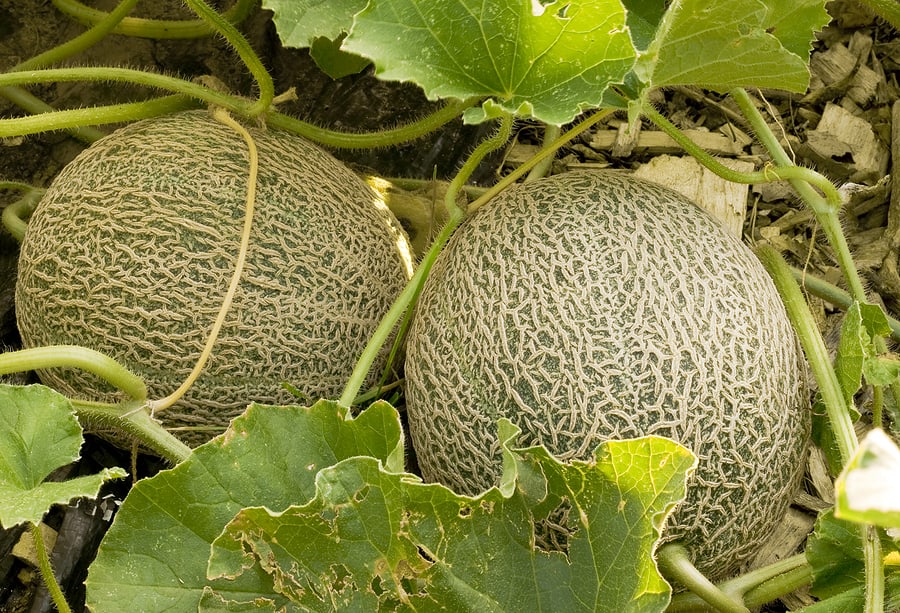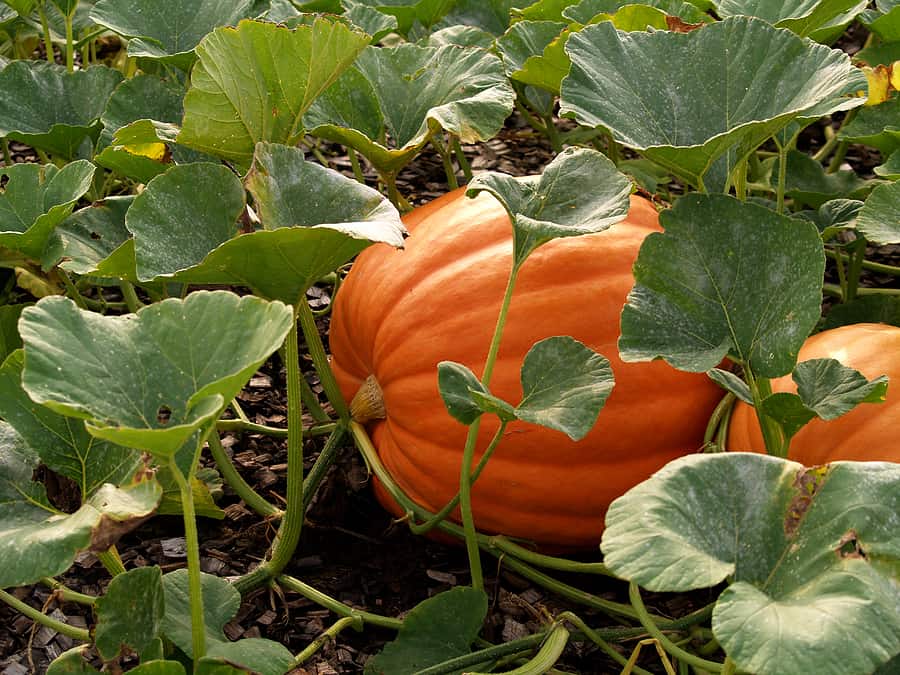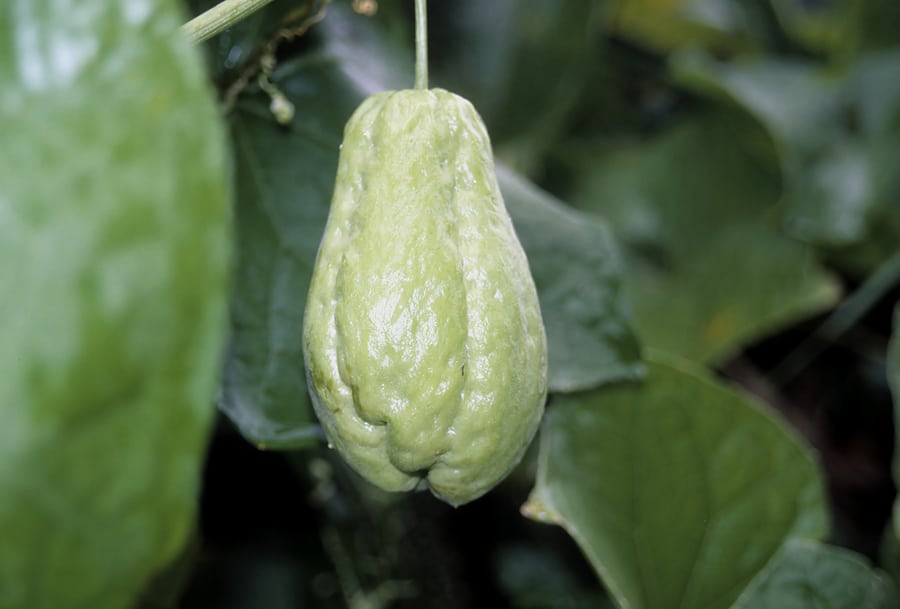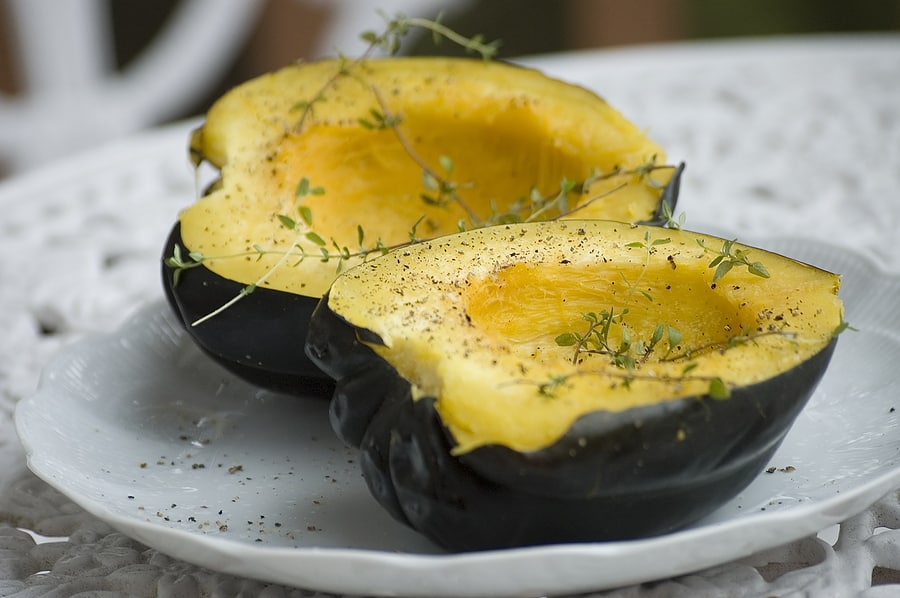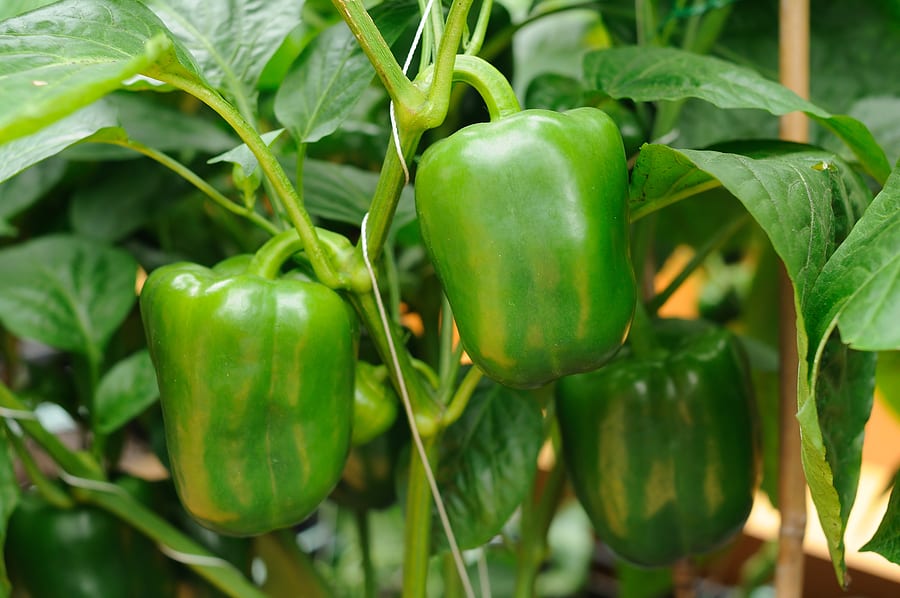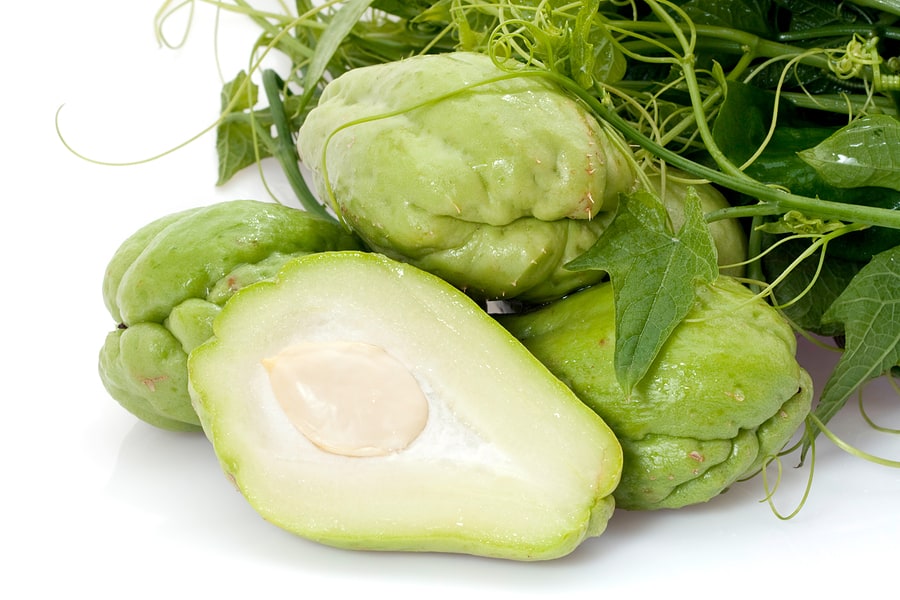How to Grow Hot Chili Peppers
Hot peppers are most easily grown from transplants. Grow hot chili peppers in the warmest, frost-free time of the year. Start hot pepper seed indoors 8 to 10 weeks before the date you intend to set peppers into the garden. Peppers can be seeded in the garden or transplanted out 2 to 3 weeks after […] More

